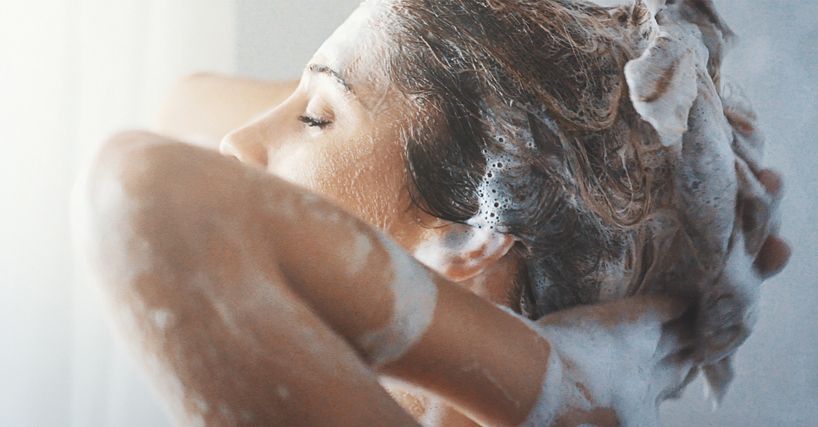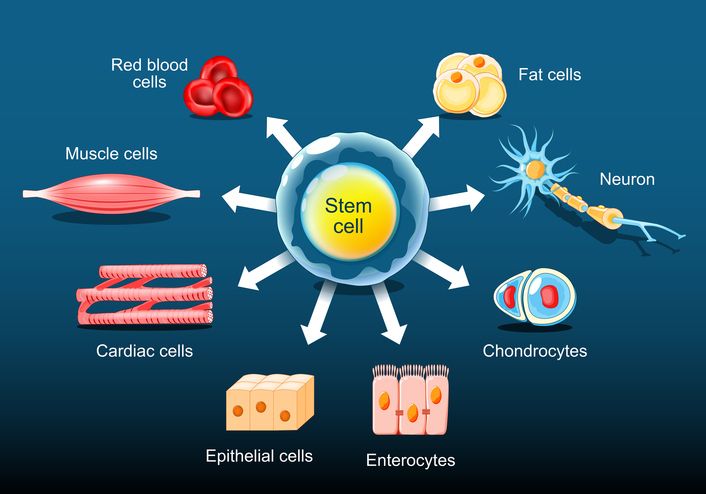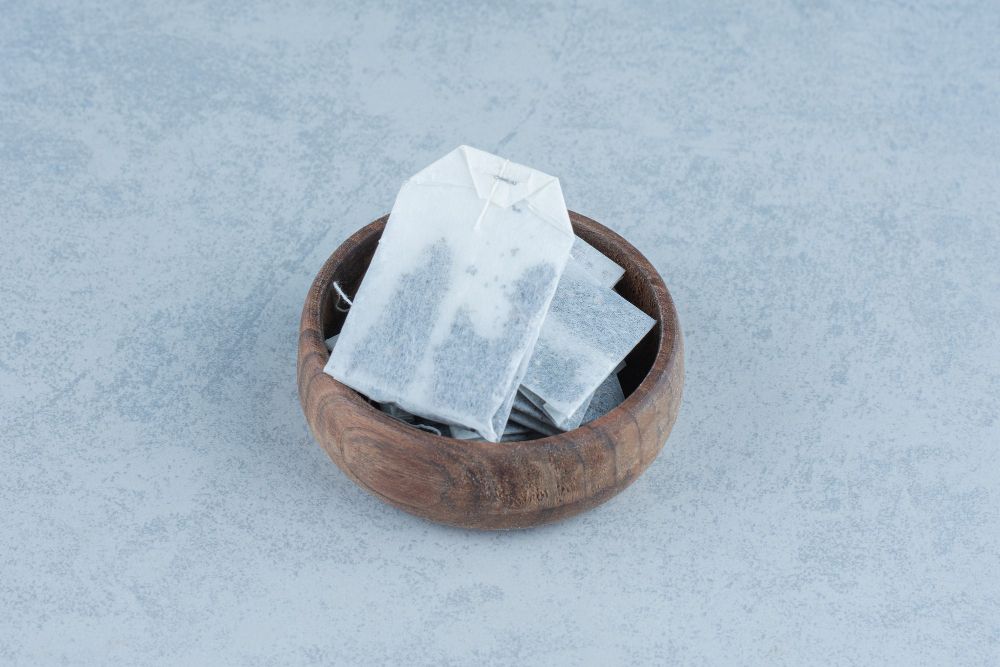
Book Now to Experience
IPL Hair Removal Treatment
1 Minute Self-Registration
Date should not be before minimal date
Author: Natalie Ng|20 April 2025
Shaving should leave your skin smooth—not covered in red, irritated bumps. But if you’ve ever dealt with ingrown hairs or razor bumps, you know that’s not always the case. Ingrown hairs happen when a hair curls back into the skin, while razor bumps appear when cut hairs grow sideways into the surrounding skin. Both can cause swelling, irritation, and discomfort, especially in areas with coarse or curly hair like the beard, legs, and pubic area. The way you remove hair affects how often these bumps appear. Using a dull razor, skipping exfoliation, or shaving against hair growth can make things worse. But with the right hair removal method and simple fixes—like exfoliating to remove dead skin cells, softening skin with warm water, or switching to laser hair removal—you can prevent and treat both. Want smoother skin without the irritation? It all comes down to the right routine.

1
Causes and Symptoms
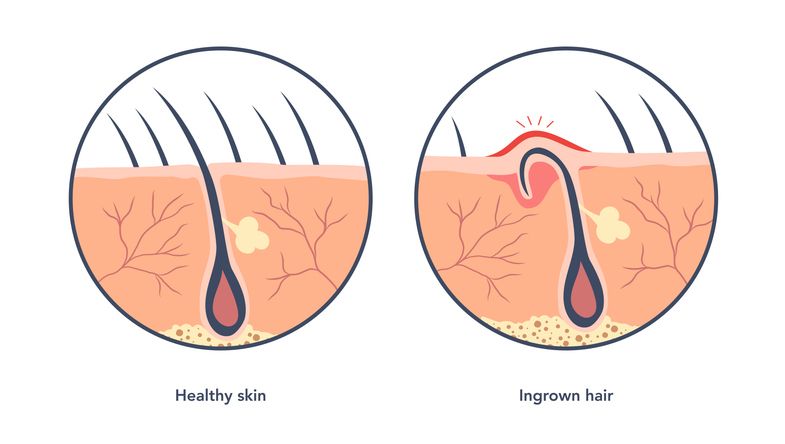
Ingrown Hairs
Razor Bumps
Differences Between Ingrown Hairs and Razor Bumps
How to Identify Ingrown Hairs vs. Razor Bumps
Characteristic
Ingrown Hairs
Razor Bumps
Appearance
Raised bumps with visible trapped hairs under the skin
Small, red, inflamed bumps without visible hair
Location
Anywhere hair is removed (beard, legs, pubic area, armpits)
Common in areas with curly or coarse hair, like the beard and neck
When It Develops
Days after hair removal as hair starts growing back
Shortly after shaving when cut hairs pierce the skin
Pain Level
Can be painful and itchy, especially if infected
Usually mild to moderate discomfort
Color
Red, dark brown, or purple bumps that may leave scars
Mostly red but can darken over time

2
Prevent Both Conditions With These Tips
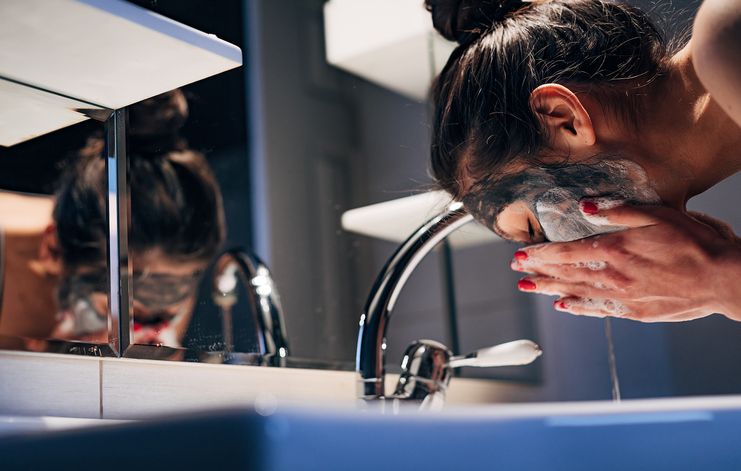
Pre-Shave Preparation
Post-Shave Skincare Routine

3
Top Treatment Methods for Quick Relief
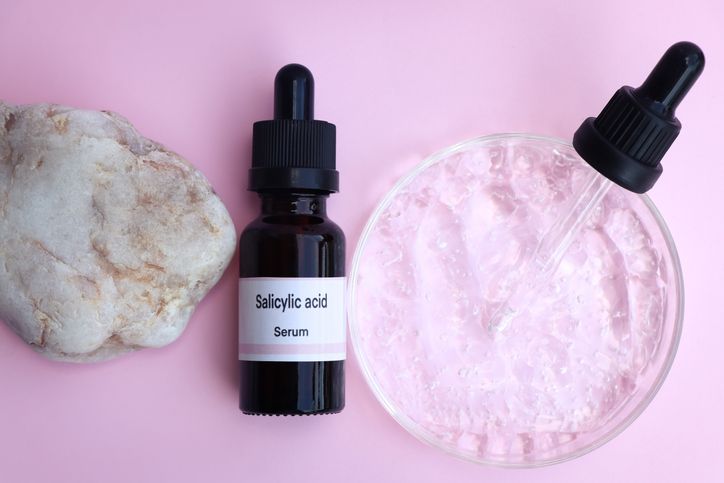
1. Exfoliate to Remove Dead Skin Cells
2. Medicated Treatments for Razor Bumps and Ingrown Hairs
3. Safely Free the Trapped Hair

4
Heal Razor Bumps & Ingrown Hairs With Natural Remedies

For Razor Bumps:
For Ingrown Hairs:

Book Now to Experience
IPL Hair Removal Treatment
1 Minute Self-Registration
Date should not be before minimal date

5
Ingrown Hairs and Razor Bumps? Here’s How New Beauty’s IPL Can Help

What Is IPL Hair Removal?
How IPL Hair Removal Helps Prevent Razor Bumps and Ingrown Hairs
How IPL Hair Removal Works
Benefits of IPL Hair Removal for Razor Bumps and Ingrown Hairs
Who Can Benefit from IPL Hair Removal?
How Many Sessions Do You Need?
How to Care for Your Skin Before and After IPL Treatment
FAQ
Can Pregnancy Hormones Increase the Likelihood of Razor Bumps and Ingrown Hairs?
Yes, pregnancy hormones can substantially increase your likelihood of developing both razor bumps and ingrown hairs. During pregnancy, your body produces elevated levels of hormones that make your hair grow thicker and more rapidly, while also making your skin more sensitive. This combination can lead to more frequent hair becoming trapped beneath the skin's surface, especially when you're using traditional hair removal methods like shaving or waxing.
How Long Should You Wait Between Shaves to Prevent These Conditions?
Like giving a garden time to flourish, you should wait 24-48 hours between shaves to prevent irritation and allow your skin to recover. Your specific hair growth rate and skin sensitivity will determine the ideal interval, but you shouldn't shave daily if you're prone to these conditions. For coarse or curly hair, you might need to extend this period to 3-4 days, always ensuring you're using proper shaving techniques and sharp razors.
Do Certain Fabrics or Clothing Materials Worsen These Skin Conditions?
Yes, certain fabrics can markedly worsen both ingrown hairs and razor bumps. You'll want to avoid synthetic materials and tight-fitting clothes, as they create friction and trap moisture against your skin. Instead, choose natural, breathable fabrics like cotton, which allow your skin to breathe and reduce irritation. Loose-fitting clothing made from soft, natural materials will help prevent these conditions from developing or worsening.
Are Some Ethnicities or Skin Types More Prone to These Conditions?
If you've ever wondered why your curly-haired friends seem to complain more about razor issues, there's science behind it. You're substantially more likely to experience ingrown hairs and razor bumps if you have coarse or curly hair, with African and African-American individuals being particularly susceptible due to their hair texture. In fact, curly hair is 50 times more prone to becoming ingrown than straight hair, and darker skin tones face a higher risk of keloid scarring from these conditions.
Can Swimming Pools or Salt Water Affect the Healing Process?
You'll find that both swimming pools and saltwater can impact your skin's healing process differently. While chlorinated pools might irritate your skin and potentially slow healing due to their harsh chemicals, saltwater pools can actually help by providing gentle exfoliation and natural antibacterial properties. It's important to rinse thoroughly after swimming in either type and apply moisturizer, as both environments can lead to skin dryness.

Book Now to Experience
IPL Hair Removal Treatment
1 Minute Self-Registration
Date should not be before minimal date
Recommended Articles
COPYRIGHT© NEW BEAUTY MANAGEMENT LIMITED 2025. ALL RIGHT RESERVED.

